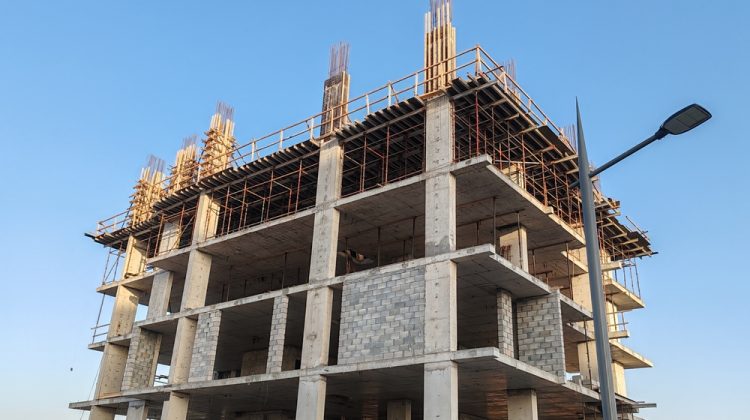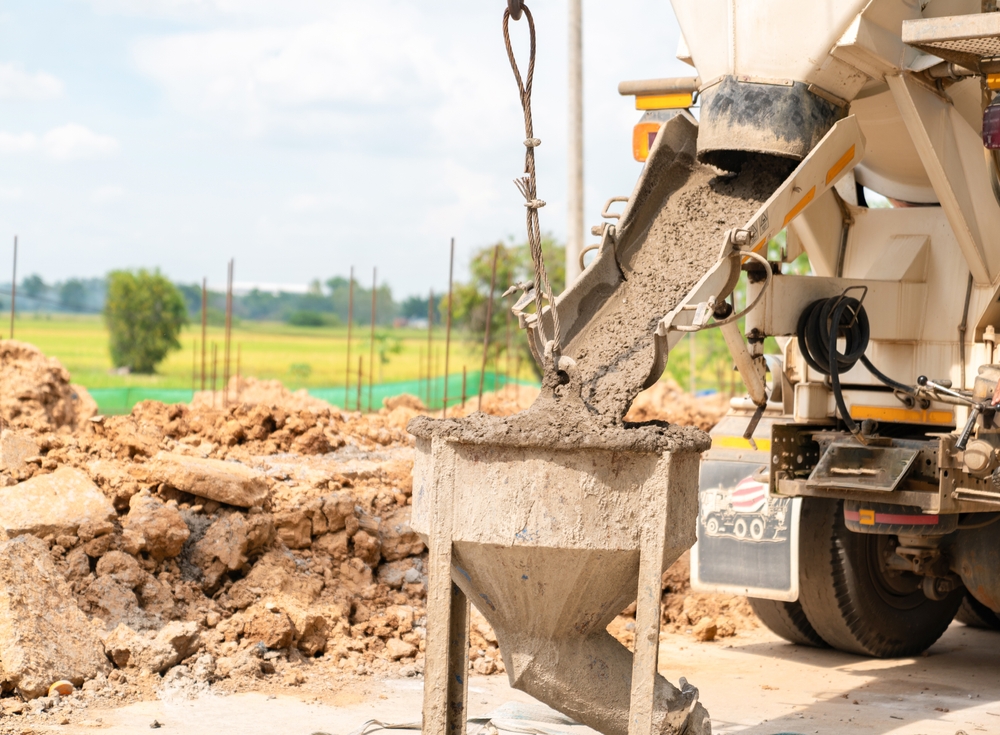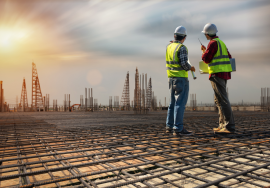
Low-Carbon Construction Materials: Building a Cleaner and Greener Future
Low-Carbon Construction Materials: Building a Cleaner and Greener Future
As sustainability becomes a global priority, the construction industry is shifting toward low-carbon construction materials to reduce emissions and environmental impact. Buildings account for a major share of carbon dioxide emissions through material production, transportation, and construction processes. By choosing greener alternatives, builders can significantly lower the industry’s carbon footprint while improving long-term energy efficiency and performance.
What Are Low-Carbon Construction Materials?
Low-carbon construction materials are products designed to generate minimal carbon emissions during manufacturing, transportation, and installation. They rely on recycled content, renewable resources, or low-energy production techniques. Examples include fly-ash bricks, recycled steel, bamboo, rammed earth, and low-carbon concrete.
These materials support the global movement toward net-zero emissions and align with modern green building standards.
Importance of Low-Carbon Construction Materials
Adopting low-carbon construction materials plays a crucial role in combating climate change and conserving resources. Here’s why they matter:
1. Reduced Greenhouse Gas Emissions
Traditional cement and steel production generate high levels of CO₂. Low-carbon alternatives such as geopolymer concrete and fly-ash bricks drastically cut emissions, helping create greener buildings.
2. Improved Energy Efficiency
Many low-carbon materials offer better insulation and reduce the need for artificial heating or cooling. This lowers operational energy use and long-term costs.
3. Resource Conservation
Using recycled or renewable materials reduces waste and protects natural ecosystems. This supports a circular construction economy.
4. Healthier Indoor Environments
Low-carbon paints, plasters, and finishes contain fewer chemicals, improving indoor air quality for occupants.
5. Higher Long-Term Value
Buildings constructed with low-carbon construction materials often have lower maintenance costs, better durability, and enhanced property value.
Types of Low-Carbon Construction Materials
Here are some popular low-carbon construction materials helping shape the future of sustainable construction:
1. Fly-Ash and GGBS Concrete
Replacing cement with fly ash or Ground Granulated Blast Furnace Slag (GGBS) significantly reduces carbon emissions. These materials strengthen concrete while minimizing reliance on traditional cement.
2. Recycled Steel
Steel recycling consumes far less energy compared to manufacturing new steel. Recycled steel maintains the same strength and durability, making it a top low-carbon choice.
3. Bamboo
Bamboo grows rapidly, absorbs large amounts of CO₂, and requires minimal processing, making it one of the most sustainable building materials.
4. Rammed Earth
Rammed earth walls are made using compacted natural soil. They are durable, low-energy to produce, and excellent for maintaining indoor thermal comfort.
5. Hempcrete
This bio-based material combines hemp fibers with lime to create lightweight, energy-efficient, and carbon-negative building blocks.
6. Recycled Aggregates
Crushed concrete and recycled aggregates reduce the need for mining and lower waste generation.

Low-Carbon Construction Materials in India
India is making significant strides in adopting low-carbon construction materials, especially as urbanization increases. Sustainable alternatives like fly-ash bricks, AAC blocks, and green cement are being used widely in residential and commercial projects.
Organizations such as TERI actively promote research and education in green construction practices. Government initiatives like the Green Building Rating System (GRIHA) and Energy Conservation Building Code (ECBC) further encourage the use of eco-friendly materials and reduce construction-related emissions.
Indian builders are increasingly integrating:
-
Low-carbon concrete mixes
-
Solar-integrated materials
-
Recycled steel
-
Natural insulation
-
Bio-based building blocks
These steps are accelerating the shift toward sustainable development nationwide.
Challenges in Using Low-Carbon Construction Materials
Despite their benefits, some challenges need to be addressed:
-
Higher initial costs for certain innovative materials
-
Lack of skilled labor trained in sustainable construction
-
Limited awareness among homeowners and small developers
-
Availability issues in rural or remote areas
However, growing demand, technological advances, and government incentives are making low-carbon materials more accessible and affordable.
Conclusion
The adoption of low-carbon construction materials is essential for building a sustainable and resilient future. These materials reduce emissions, improve energy efficiency, and support global climate goals. Whether constructing homes, offices, or large infrastructure projects, choosing low-carbon alternatives is a smart and responsible decision.
If you want expert guidance on how to integrate sustainable materials into your next project, reach out to the specialists at AMS India.
Contact AMS India: https://amsindia.co.in/contact-us/
Read more related articles to enhance your knowledge and make informed decisions
Cost-Effective Modular Construction: Fast, and Sustainable Building Solutions
Smart Modular Buildings: Innovative, Efficient, and Sustainable Construction








